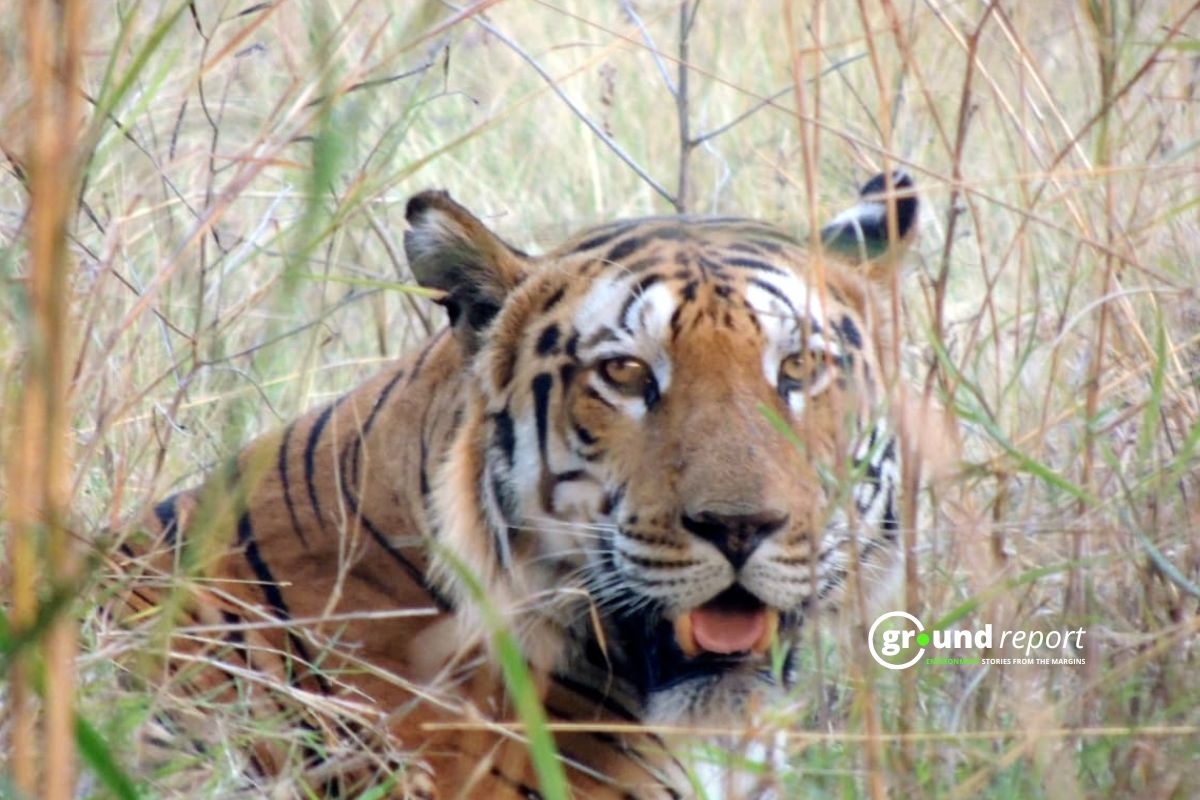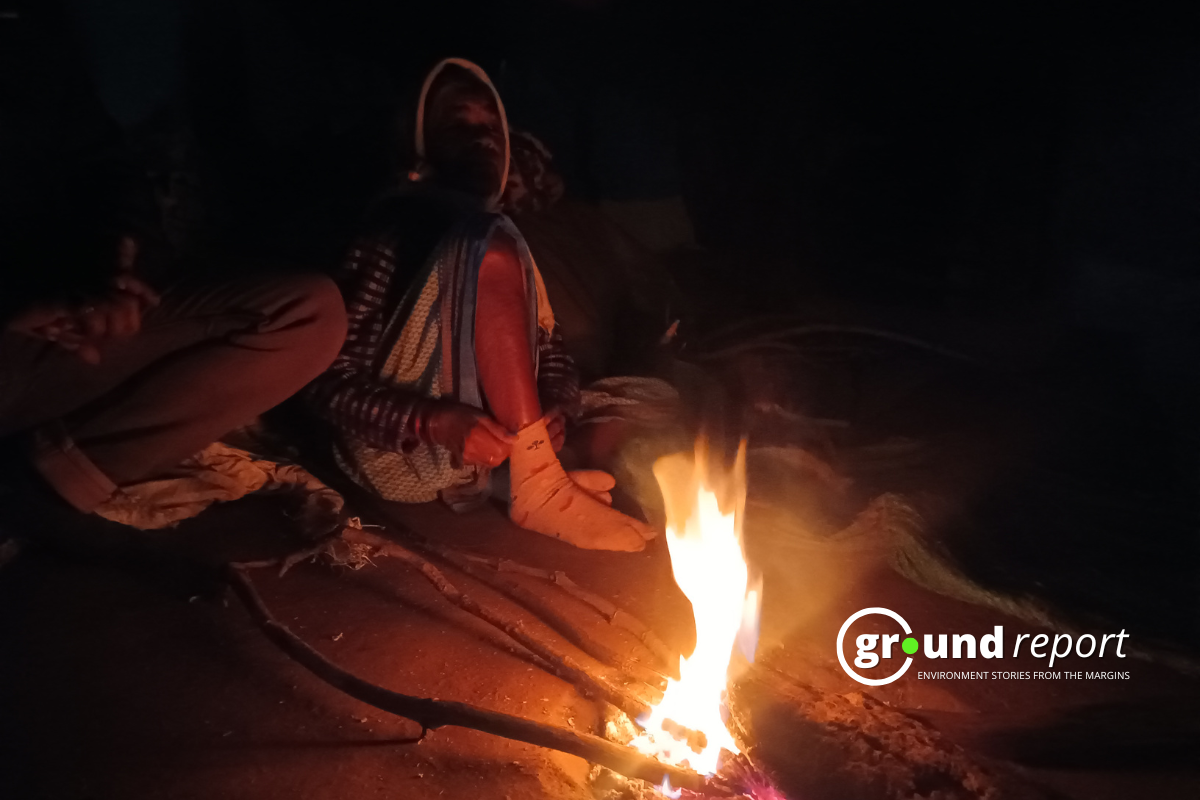Kashmir is home to rich flora and fauna. And is known for its nature and natural setting throughout the world. Not only this but Kashmir also has a diverse range of wildlife, including numerous bird species that are only found there. But the interesting thing is that these birds have different names in every language. Kashmir has also been referred as, “heaven on earth for migratory birds”.
Here are some birds commonly found in Kashmir and their Kashmiri and English names:-
Kashmiri Names of Birds
- The crow family (Corvidae)
The Raven (Corvus corax tibetanus):- When discussing the raven at the subspecies level, the common raven (Corvus corax), commonly referred to as the western raven or northern raven, is a sizable passerine bird that is all black. It is the corvid species that is most widely dispersed throughout the Northern Hemisphere. It is commonly found in Ladakh region.
It is called Botin kav in Kashmiri and Khata in Leh. - The Jungle Crow (Corvus macrorhynchos intermedius):- A species of crow called the Indian Jungle Crow (Corvus culminus) can be found all over the Indian Subcontinent south of the Himalayas. The house crow (Corvus splendens), which has a grey neck, may easily be identified from this species since it is so prevalent. The species was once thought regarded be a subspecies of another species of crow, however vocalisations, evidence from co-evolution with ectoparasites, and phylogenetic data have caused it to be recognised as a separate species in modern taxonomic treatments.
It is more found in higher reaches of Pahalgam.
Diva Kav, Pantsol Kav are its Kashmiri names. - The House Crow (Corvus splendens zugmayeri):- The house crow (Corvus splendens), sometimes known as the Indian, Greynecked, Ceylon, or Colombo crow, is a widespread member of the crow family that originated in Asia but is now found throughout much of the world thanks to transportation. Its 40 cm (16 in) length puts it between the jackdaw and the carrion crow, but it is leaner than both. The neck and breast are a lighter shade of grey-brown, while the forehead, crown, throat, and upper breast are all highly glossed black. Black makes for the legs, wings, and tail. The bill’s thickness and the intensity of certain parts of the bird’s plumage vary by region.
It is known as Kav in Kashmiri. - The Yellow Billed Magpie (Urocissa flavirostris cucullata):- The yellow-billed blue magpie, sometimes known as the gold-billed magpie, is a passerine bird that belongs to the Corvidae family of crows and jays. Together with the Taiwan blue magpie and the red-billed blue magpie, it makes formed a superspecies. The species has a dispersed population in Vietnam and its range extends to the northern regions of the Indian Subcontinent, including the lower Himalayas.
Found in Lolab Valley in Kashmir it is locally known as Lot Raza. - The Tit Family (Paridae)
The Grey Tit (Parus major kashmiriensis):- A member of the tit family Paridae, the great tit (Parus major) is a passerine bird. It is a widespread and common species found in Europe, the Middle East, Central Asia, east across the Palearctic to the Amur River, and south to parts of North Africa. Most great T do not migrate unless the winters are exceptionally harsh. This species and a number of other subspecies were grouped together until 2005. These other subspecies, known as the cinereous tit of southern Asia and the Japanese tit of East Asia, have now been distinguished as two distinct species as evidenced by DNA analyses that show them to be distinct from the great tit. The great tit is still the Parus genus’ most common species. It is called as Ranga Tsar in Kashmiri. - The Babbler Family (Timaliidae)
The Streaked Laughing-Thush (Trochalopteron lineatum lineatum):- is a type of bird that belongs to the Leiothrichidae family. The northern parts of the Indian subcontinent, including Afghanistan, Bhutan, India, Nepal, Pakistan, Russia, and Tajikistan, are where it is most frequently found.
In Kashmir it is called, Sheena-pi-pin, which means the Snow Whistle. - The Himalayan Black Bulbul (Microscelis psaroides psaroides):- A member of the bulbul family of passerine birds, the black bulbul (Hypsipetes leucocephalus), is often referred to as the Himalayan black bulbul or the Asian black bulbul. Its distribution extends from India to Southeast Asia and is mostly found in the Himalayas. It is the type species for the Hypsipetes genus, which Nicholas Aylward Vigors created in the first half of the 1830s. There are several subspecies of this species, most of which differ in the body plumage colour, which ranges from grey to black. Some of these subspecies also have white-headed morphs, as suggested by the scientific name leucocephalus, which means “white head.” Legs and bill are consistently a deep orange-red colour.
It is known as Wan Bulbul in Kashmiri. - The Wall-Creeper (Tichodroma muraria):- Known as Lamba dider in Kashmiri it is a little passerine bird called the wallcreeper (Tichodroma muraria) inhabits the high mountains of the Palearctic from southern Europe to central China. It is the sole surviving member of the families Tichodromidae and the genus Tichodroma.
- The Black Throated Thrush (turdus atrogularis):- A member of the thrush family, the black-throated thrush (Turdus atrogularis) is a passerine bird. It is sometimes referred to as “dark-throated thrush,” with “red-throated thrush” being the other subspecies of the polytypic species. Recent treatments view the two as distinct species. It is called Wanda kostur in Kashmiri.
- The Shrike Family (Lanidae)
The Rufous Backed Shrike (Lanius schach erythronotus):- The long-tailed shrike, also known as the rufous-backed shrike (Lanius schach), is a bird that belongs to the Laniidae family of shrikes. They are extensively dispersed throughout Asia, and the range of their plumage varies. Both on the continent and in the eastern archipelagos, the species is found throughout a large portion of Asia.
They are commonly called Hara wataj in Kashmiri, Wataj, the bird’s name that also refers to an executioner is a Kashmiri expression meaning a nasty person.
Support us to keep independent environmental journalism alive in India.
Keep Reading
MP farmers battle stray animals, and sleepless nights to protect crops
Pesticides and agriculture threaten Sarus Cranes at Indore’s Yashwant Sagar wetland
Changing weather patterns impacts soybean crops in the Dewas region of MP
Follow Ground Report on X, Instagram and Facebook for environmental and underreported stories from the margins. Give us feedback on our email id greport2018@gmail.com.
Don’t forget to Subscribe to our weekly newsletter, Join our community on WhatsApp, Follow our Youtube Channel for video stories.









